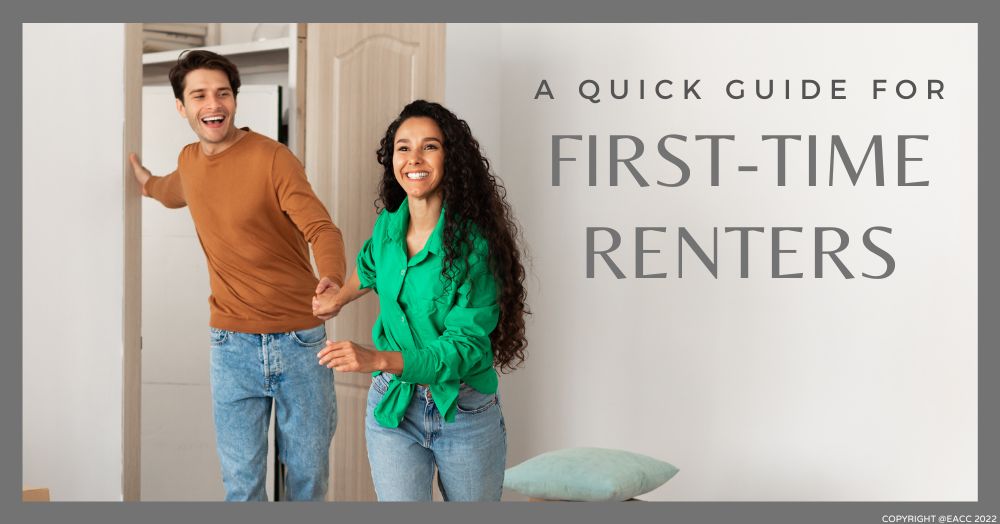
Are you a renting newbie? Are you flying your family’s comfy nest? Well, this one’s for you. Renting your first place isn’t as simple as moving in and unpacking – there’s a lot you need to know.
In this quick read, we help you prepare to sign on the dotted line and start your first tenancy.
Step 1: Budget
Have you planned your finances? Do you know what you can afford every month? Have you saved enough for a deposit?
Remember, it’s not just rent you must pay; you also need to budget for utility bills and council tax (unless they’re included in the rent), food and travel. Also, when you move in, you’ll have to pay for a TV licence, broadband installation and contents insurance.
Step 2: Search
If you know where you want to live, research the types and prices of available properties. Think about whether you want to move into a flat share, an HMO, or a place just for you. Speak to a local letting agent to discuss what’s available.
Be ready to move quickly once you’ve found a property, as the rental market can be competitive.
Step 3: Understand your tenancy agreement
Once you’ve found a place, you’ll need to sign a tenancy agreement. This details your rights and responsibilities as a tenant, your landlord’s responsibilities towards the property and you, notice periods and the rental amount. Keep a copy of this throughout the tenancy period.
Your deposit will be held in a tenancy deposit scheme, which means it’s protected. It will be returned to you at the end of the agreement if there are no disputes around the property’s condition.
Step 4: Moving in
Before you start lugging boxes into your rental, you should be provided with an inventory. This details the condition of the property and any furniture or fittings. Make sure you look at this closely. Tell your agent/landlord if there are any discrepancies between the document and the property’s actual condition. Sign it and keep a copy.
Check that there are working smoke alarms and carbon monoxide detectors. This is a legal requirement. Make sure you know about any fire exits or safety points.
Step 5: Landlord details
Your tenancy agreement will contain your landlord’s contact details. It is the landlord’s duty to maintain the property, for example, if the oven stops working or the toilet starts leaking. However, if a lightbulb goes out but it was working when you moved in, that’s for you to replace. Similarly, if you cause any damage during the tenancy, it’s up to you to sort it out.
However nice your landlord is, remember, they’re not your friend. It’s a business relationship. Renting a property is a transaction. So, keep interactions polite and professional.
If you’re searching for your first rental, our team will be happy to help. Contact Martin & Co on 01245330 500 today.



